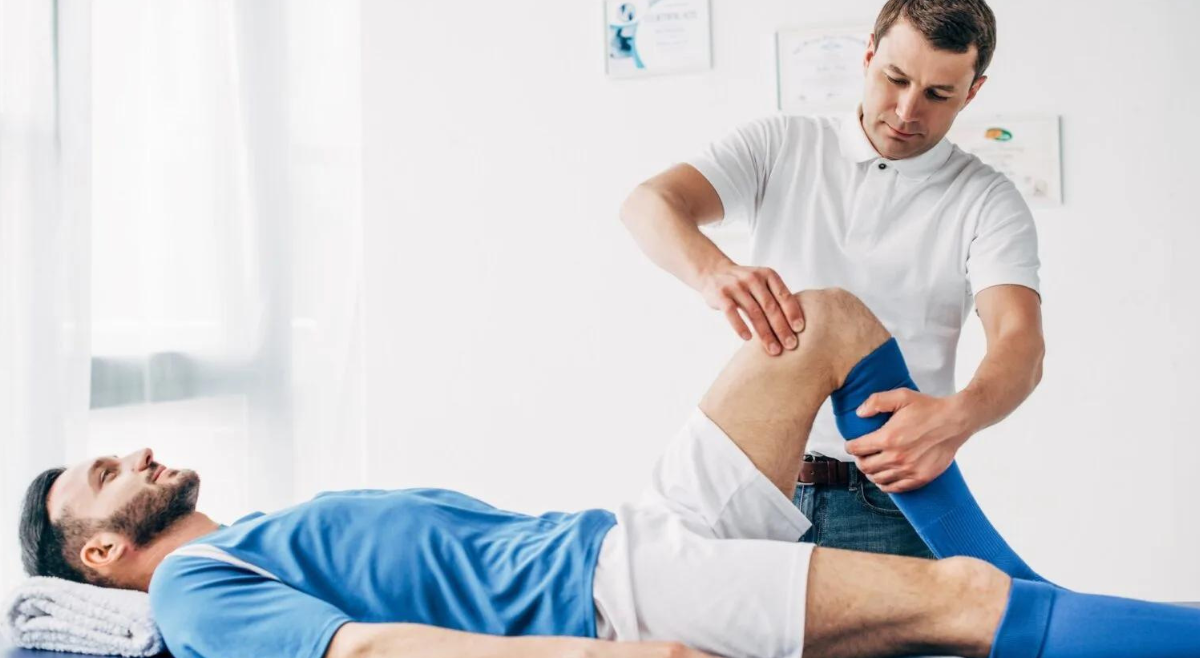Manual therapy methods are manual methods used by healthcare professionals to address muscle and joint discomfort. These techniques include different forms of manipulation and movement of the human muscle tissue and articulations. The goal of manual therapy is to relieve pain, enhance movement, and boost overall performance. Many people suffer from musculoskeletal pain due to trauma, suboptimal alignment, or disorders like joint inflammation. By using manual therapy, therapists aim to tackle these issues and help clients regain their quality of life.
One common hands-on treatment method is spinal adjustment. This technique involves using precise pressure to the vertebral column to improve alignment and decrease discomfort. Research has shown that spinal manipulation can be beneficial in treating lower back pain and cervical discomfort. Another method is soft tissue manipulation, which concentrates on reducing tightness in the muscle tissue and soft tissues. This can help reduce stiffness and enhance range of motion, making it simpler for clients to navigate without discomfort. Both techniques can be tailored to meet the specific needs of each patient, ensuring a personalized approach to treatment.
In furthermore to pain alleviation, hands-on treatment can improve client results in various ways. For instance, it can improve circulation, which helps supply oxygen and essential elements to the affected regions of the system. Improved blood flow can also encourage recovery and alleviate inflammation. Furthermore, hands-on therapy can help clients gain better physical awareness, which is essential for preventing future injuries. By understanding how their physiques function, clients can make better informed choices about their activities and posture, leading to long-term benefits.
The effectiveness of manual therapy is often backed by client responses. Numerous individuals report significant improvements in their pain levels and overall performance after undergoing care. This favorable reaction can lead to greater drive for clients to engage in physical activity and recovery programs. When clients feel improved, they are much likely to engage in their rehabilitation process, which can further enhance their results. This collaborative approach between the therapist and the patient is essential for attaining lasting outcomes.
In conclusion, hands-on treatment methods play a vital role in alleviating musculoskeletal pain and improving patient outcomes. By applying techniques such as spinal adjustment and soft tissue mobilization, healthcare providers can help clients recover mobility and reduce pain. The benefits of manual treatment go beyond immediate pain alleviation, as it also promotes healing and encourages clients to take an proactive role in their recovery. As more try this out individuals look for effective treatments for muscle and joint issues, hands-on treatment continues to be an important choice in the field of healthcare.

Comments on “Investigating the Effect of Manual Therapy Methods on Alleviating Muscle and Joint Discomfort and Enhancing Client Outcomes”